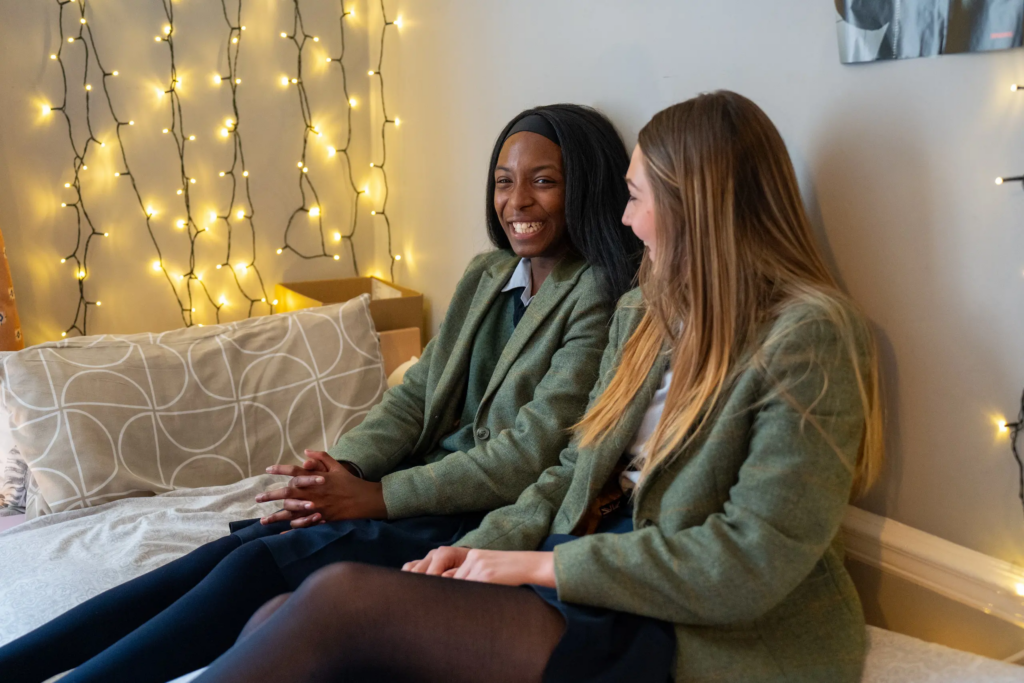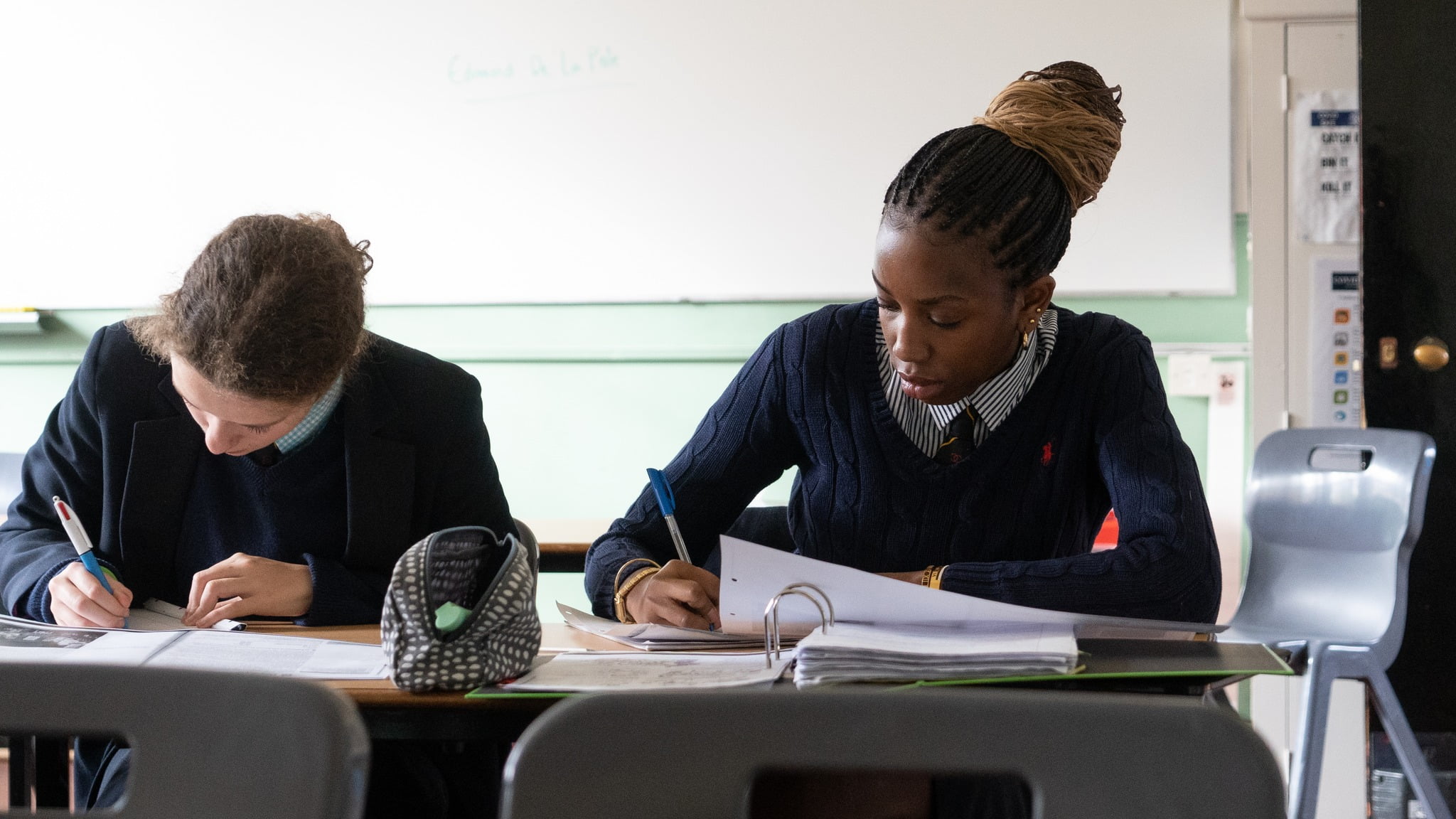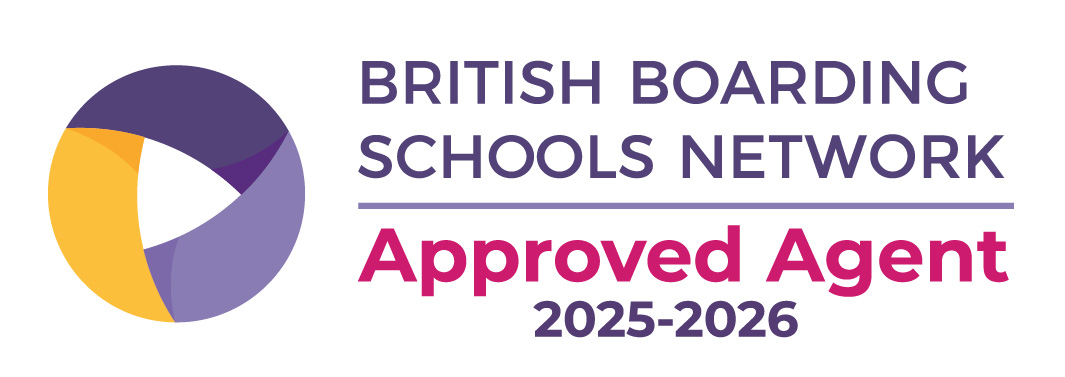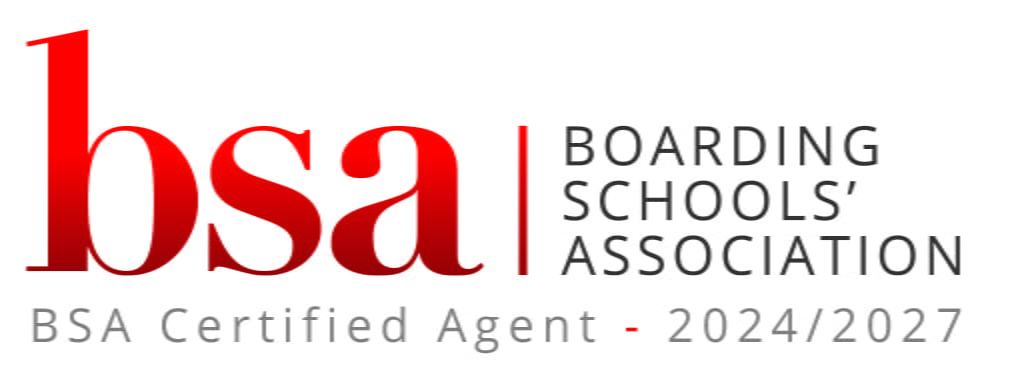Contents
Book a free consultation today!
When people picture England, a few images instantly spring to mind: orderly queues at bus stops, a portion of fish and chips, and schoolchildren walking in their smart uniforms. While some of this may sound like cliché, there is truth in it; uniforms are still very much part of daily life in British schools. And although they may sometimes seem old-fashioned, they remain a firmly rooted tradition in the UK education system.
The history of school uniforms in England
The idea of uniforms symbolising equality has its origins in the 17th century. Back then, standardised clothing was introduced not to level differences, but to distinguish pupils from poorer families who attended charity schools, from wealthier students. For many children, however, this was a blessing—some owned only one set of clothes. Over time, uniforms slowly spread across schools, evolving from a mark of poverty into a marker of identity. Today, the argument has flipped: uniforms are said to remove visible differences in wealth and status.

Pros and cons of uniforms
Despite centuries of tradition, the debate over uniforms has never disappeared. Supporters argue that:
- They reduce visible social and economic differences
- They strengthen community spirit within a school
- They prevent peer pressure and bullying based on clothing
- They limit distractions in the classroom
- They simplify the process of getting ready for school every day
Studies, especially in North America, have even found unexpected benefits. In Nevada, for example, vandalism and fighting in schools dropped significantly the year after uniforms were introduced.
Opponents, however, point out that:
- Clothing is a form of self-expression, and uniforms restrict individuality
- Gender-specific uniforms can make life difficult for young people questioning their identity
- In an era that values creativity and personal freedom, conformity can feel outdated
A modern view of school uniforms
Tradition plays a huge role in keeping uniforms alive, but attitudes have shifted. Today’s students may not be thrilled to wear them every day, but many recognise their benefits. Schools, too, have modernised their designs—uniforms no longer look quite as dated as they once did. Pop culture has also played its part, with everything from music videos to the Harry Potter films making school uniforms suddenly seem stylish.

School uniforms in England and around the world
Although uniforms are closely associated with England, they are far from unique to the UK. Many countries with historic ties to Britain, such as Australia, South Africa, Canada, and parts of the US, have kept the tradition alive. Beyond the Commonwealth, countries including South Korea, Cuba, and Brazil also have strong uniform cultures. Interestingly, in most places—including the UK—uniforms are not required by law. Instead, the government strongly recommends them, and almost all schools adopt the policy.
What does a school uniform look like?
While the word “uniform” suggests sameness, but in reality designs vary widely. Colours are often dark or muted—navy, green, or brown—with school crests embroidered onto blazers. Some schools stick with traditional cuts, while others experiment with more modern designs. In warmer countries, shorts are common, while elsewhere ties, blazers, and even hats may still be part of the daily dress. Typical items include:
- Trousers (often for boys)
- Skirts (traditionally for girls, although this is changing)
- Polo shirts or collared shirts
- Blouses
- Jumpers or sweaters
- Blazers
- Ties (especially in senior years)
- Dark shoes
Sports uniforms are also standard, with each school setting its own kit.
Alternatives to the uniform
Some schools and regions adopt a compromise: strict dress codes instead of uniforms. This is especially common in the United States, where rules might cover skirt length, acceptable footwear, slogans on T-shirts, or even makeup use. In the UK, some Sixth Form students (ages 16–18) are allowed to wear their own clothes, provided they follow guidelines—smart, professional attire rather than casual or sporty dress.

School uniforms during a study abroad year
For students spending a year in England or Scotland, wearing a uniform is part of the cultural experience. At first, it may feel strange to give up personal clothing, but many quickly see the advantages—not least the ease of not having to choose an outfit every morning. More importantly, wearing a uniform creates an immediate sense of belonging. For international students, this can make integration into school life much smoother.
Most schools provide clear information about uniforms well before the start of term, often in handbooks or online. Families can usually order the required items in advance so that students arrive with everything ready. It’s one less thing to worry about in what is already an exciting but nerve-racking transition.
After 5pm at most boarding schools however, just like at home, children change into their own clothes and so the opportunity to relax and express themselves still remains.
Boarding School FAQ
Do all pupils in England have to wear a uniform?
Not by law, but almost every school requires it. This includes international students.
Are all uniforms in England the same?
No. Each school has its own design, colours, and rules.
How much does a school uniform cost?
Costs vary, but families should expect to spend €350–500 per year (USD $380–550).
Schedule a free consultation
How can we help you?

Julia Wilmes
Managing Director
Supporting families through these important steps in their children’s educational journey has become my heartfelt mission since founding Akademis. That is why it is especially important to me that we dedicate ourselves to every student seeking a boarding school with empathy and personal care.







